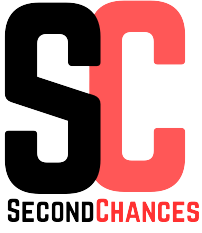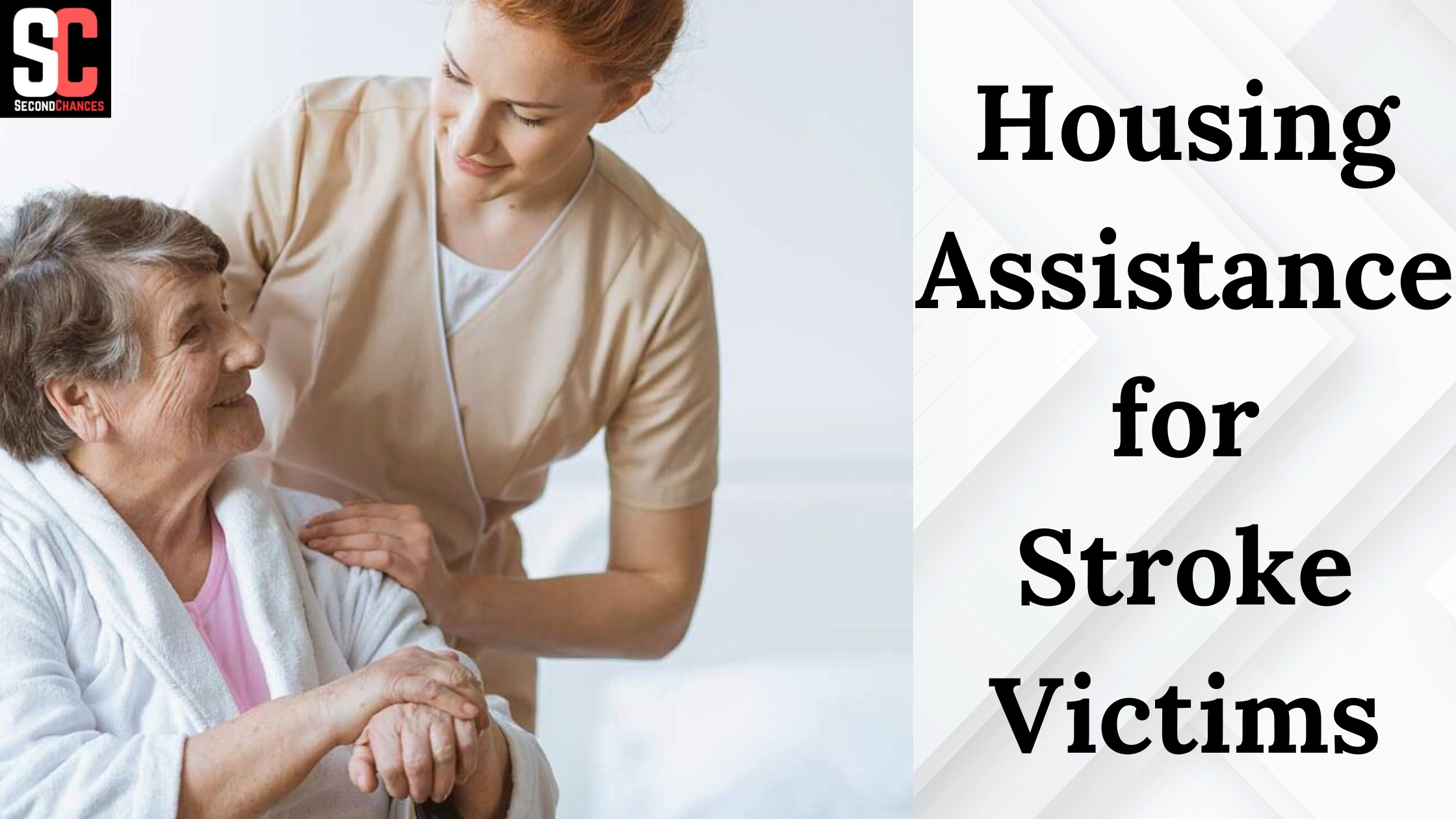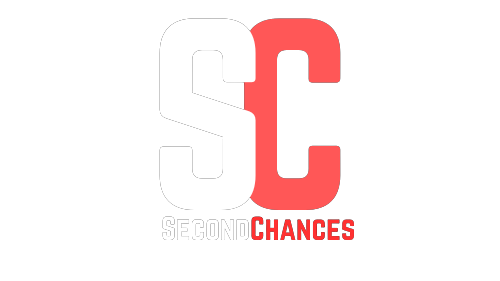Looking for Housing Assistance for Stroke Victims? If Yes, You are at the right place.
In this article, We are sharing all the information about Housing Assistance for Stroke Victims.
In the United States, nearly 795,000 strokes occur every year. Strokes can be treated differently depending on their type, but the expenses related to their treatment and recovery are substantial.
It is crucial to understand the costs associated with stroke and research housing assistance for stroke victims to create a stroke fundraising strategy and minimise your financial burden in such situations. Stroke patients are fortunate to have numerous help and assistance programs to help them with housing and stroke recovery expenses.
This guide will help you learn about housing assistance for stroke victims, various stroke care options and long-term housing assistance for stroke victims. Let’s get started!
Table of Contents
What is a stroke?
During a stroke, a part of the brain loses its blood supply. Deficiency of oxygen and nutrients damages brain cells or causes them to die within minutes. Consequently, impaired brain function may lead to various physical and cognitive impairments.
Strokes are classified as ischemic or hemorrhagic. Strokes that occur as a result of haemorrhage take place when a weakened blood vessel ruptures, resulting in brain bleeding, while strokes that occur as a result of an ischemic stroke take place when a blood clot blocks a blood vessel.
An ischemic stroke can also be categorised as either a full-blown stroke or a transient ischemic attack (TIA). TIAs are short-lived interruptions in blood flow to the brain that usually last less than five minutes. In spite of the fact that TIAs do not cause permanent damage, they are often considered warning signs of impending strokes.
A stroke can cause a range of symptoms, depending on the part of the brain affected, such as sudden weakness or numbness on one side, difficulty speaking or understanding speech, vision problems, severe headaches, dizziness, loss of coordination, and confusion. A stroke can be greatly reduced by seeking immediate medical attention if you experience any symptoms.
An individual’s daily life can be negatively affected by strokes for a long time afterwards. It is possible to suffer physical disabilities after a stroke, such as paralysis or difficulties with motor skills, as well as cognitive impairments, such as language difficulties and memory loss.
Strokes can be prevented by eating a balanced diet, exercising regularly, managing chronic health conditions, and avoiding smoking and excessive alcohol consumption. Strokes can be treated with medication to dissolve blood clots or surgery to heal damaged blood vessels, depending on their type and severity. Individuals can also benefit from rehabilitation programs after a stroke by regaining lost abilities and improving their quality of life.
Housing Assistance for Stroke Victims
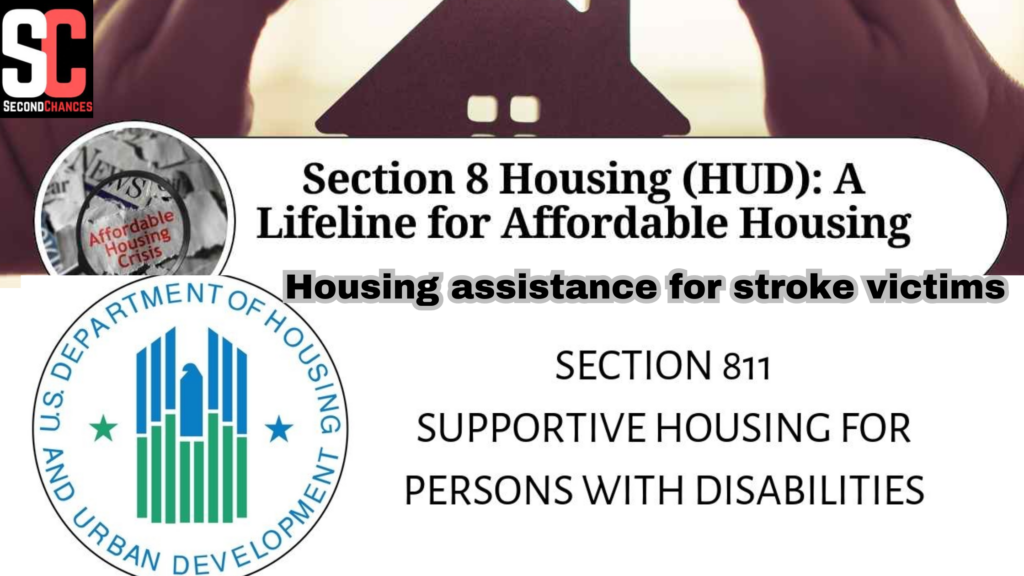
In this section, let us look at various programs associated with housing assistance for stroke victims. The person receives in-home care and financial assistance as part of the assistance.
1. Housing from HUD
Housing assistance for stroke victims from HUD is for survivors of a stroke. Section 8 vouchers and Section 811 are the main programs. In both cases, the government pays for the housing on the basis of income. It is possible for tenants with disabilities to obtain private rental units as well, including in supportive environments or on the first floor, for mobility assistance.
1. Section 811 Supportive Housing
HUD sponsors Section 811 Supportive Housing assistance for stroke victims and for persons with disabilities, which subsidises rental housing opportunities and increases access to improved supportive services for stroke survivors.
There are two ways government grants are authorised for disabled strokes: advancing interest-free capital to nonprofit developers of reasonable housing for disabled people and providing rental assistance to state housing agencies. Candidates must be low-income and have an income within 50% of the area median income to qualify.
2. Section 8 Housing Choice Voucher Program
Housing vouchers are provided by the government to stroke patients unable to work who are in need of housing assistance for stroke victims. As the program is funded by other taxpayers, it represents free money. Local public agencies can assist stroke patients in applying for Section 8 benefits.
HUD offers many other programs that assist needy families, with rent and housing assistance for stroke victims. The following programs are available:
- Partnership program for home investments
- Program for Family Self-Sufficiency
- Vouchers under section 202 of the Housing Act, etc.
2. Free or Subsidised In-Home Care
This program is for stroke survivors. Some or all of the costs of home care can be paid for by federal programs such as Medicaid or PACE, including home modifications, nurses or home health aids. A number of Aging Centers offer assistance in covering some of the costs of in-home care, as well.
Other Stroke Care Options
There are other options besides assisted living for those who require stroke recovery and housing assistance for stroke victims. One’s needs should be matched with a setting that can meet them.
1. Department of Housing Services
DHSS strives to assist its consumers in finding the type of housing that best fits their needs – accessible housing, supportive services, transitional housing – but doesn’t actually operate or provide housing.
The Department of Human Services will contract with providers who can provide services such as group homes, treatment, and supportive services.
As part of the Division of Disability Services and the Department of Community Affairs, DHS offers referral services for accessible housing, such as the NJ Housing Resource Center.
2. Housing Options for People with Developmental Disabilities…
Residents of Developmental Centers who are ready to live independently within the community are assisted by the Division of Developmental Disabilities in finding community housing options.
1. DDD Community Housing Options
DDD aims to support individuals by providing them with services that allow them to live in their own homes and be a part of their communities. There are times, however, when it is not possible to continue to support a person at home. Whenever this occurs, DDD can assist in relocating an individual to a place where he or she can receive services and individual support.
2. DDD Residential Services
Each county’s DMHS contracts with and funds residential and supportive housing providers. Our directory below lists these services under Residential Services, Homeless Services, and Supportive Housing:
3. Inpatient Rehabilitation Facility
An inpatient rehabilitation facility, also called an acute care rehabilitation centre, can be a standalone facility or part of a hospital. Specialised medical care and intensive rehabilitation are offered in this type of setting. Patients receive rehabilitation for a minimum of three hours per day, five days a week, under the supervision of a rehabilitation physician.
4. Skilled Nursing Home Facility
A skilled nursing home may also offer rehabilitation therapy, but it is usually restricted to an hour or two a day. Nursing homes also offer 24-hour supervision, care assistance, and skilled nursing services.
5. In-Home Care
Depending on the person’s specific needs, in-home care can look different for stroke survivors. To provide needed medical care and therapies, a home health care provider and rehabilitation therapists might be hired to come to the home. Depending on the situation, a personal care aide may be hired to assist with daily living activities.
Stroke survivors may live alone or with a family caregiver who supplements the care provided by the family with in-home care services. People who need daytime supervision may consider adult day care as an alternative to in-home care.
What Are the Different Kinds of Long-Term Housing Assistance For Stroke Victims?
Long-term housing assistance for stroke victims comes in a variety of forms. Make a decision based on your and your loved one’s needs.
1. Nursing Homes
For stroke survivors who need 24-hour care, a nursing home may be the best option. A skilled care provider is someone who provides medical services with the help of a trained health professional. Among the services provided by skilled nursing are changing wound dressings, administering intravenous fluids, and giving injections. Rehabilitation services, such as speech therapy or physical therapy, are also included in skilled care.
Patients in nursing homes also receive custodial care. Skilled care is not required for these patients. Patients who are incapable of taking care of themselves are placed in custodial care. There may be a chronic disease, or they may be frail. In custodial care, individuals are assisted with maintaining daily hygiene, dressing, eating, and bathing.
Nurse practitioners and doctors regularly visit nursing home patients. In case of an emergency, the nursing home can contact medical professionals. Assisting with personal care elements such as bathing, eating, and going to the bathroom is the responsibility of nursing aides.
There is usually a higher cost associated with nursing homes than with other forms of long-term care. The majority of them are owned by corporations. Religious groups or local governments run some of them. Some are run by non-profit organisations. Care may be included by Medicaid, Medicare, or another insurance plan. Also, family members or loved ones can pay for the care.
2. Assisted Living Facilities
Assisted living facilities are places where people who are no longer able to live at home can live. Nursing homes are more like hospitals than assisted living facilities. There are private apartments, private rooms, and shared rooms available to them.
Most assisted living facilities offer three meals a day in a dining room. Residents are assisted with activities such as eating, dressing, and maintaining personal hygiene by caregivers. Their services include cleaning, laundry, and giving medicines. Recreational and social activities are available in some assisted living facilities. There are some that offer speech, physical, and other therapies.
Most assisted living facilities do not accept Medicare. In some cases, Medicaid pays for services. Some assisted living care may be covered by long-term care insurance. Usually, the loved one or family pays the majority of the costs.
3. Board and Care Homes
A board and care home is similar to an assisted living facility, but they are usually smaller and more like homes. Adult foster homes are sometimes called “foster homes for adults.” Caregivers help with medication management and personal care. Board and care homes charge different fees and provide different services. These homes are covered by some state programs.
4. Continuing Care Retirement Communities
Retirement communities that provide continuing care offer a range of care levels. A wide range of care is available, from assisted living to full nursing care. Apartments and independent living homes are also available. As your older adults’ needs change, these communities provide a familiar environment for them to live in.
There are many run by religious organisations, fraternal orders, and other groups. In some communities, health care is included in the price. In some cases, health care is only charged if it is used. It is common for them to ask you to sign a contract.
Free Grants For Disabled Stroke Patients From Charities And Nonprofit Organizations
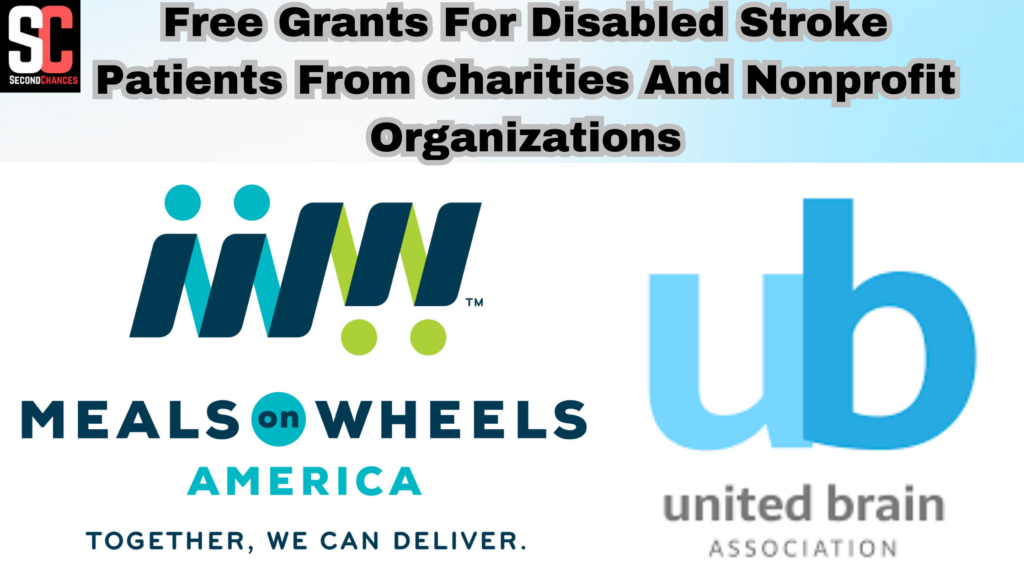
Many nonprofit organisations and charities provide free emergency motel vouchers for the homeless as well as housing assistance for stroke victims. However, donor-supported nonprofit organisations and charities serve fewer people with urgent needs.
1. Meals on Wheels
The Stroke Foundation may provide a weekly hot meal if the stroke patient is homebound. The Stroke Foundation coordinates this program provided by Meals on Wheels. There are numerous resources available, including Meals on Wheels, which delivers nutritious meals on a regular basis. The service is available to stroke victims over 60.
In general, preparing dinner, including cooking and delivering the meal, costs $6 to $7. Even so, the older adults receive the lunch free of charge, although they are asked to pay a $3 donation to thank them. Since The Stroke Foundation provides this valuable service to stroke survivors, they don’t have to pay for their meals.
2. The Stroke Network
Stroke Network provides housing assistance for stroke victims as well as financial and emotional support to stroke survivors and their families. Grants are given as one-time payments, small grants, or over an extended period. The grant money from this organisation is intended to assist stroke victims with rehabilitation costs.
Among the services provided by the Stroke Network are emergency cash assistance for the homeless, housing assistance for stroke victims as well as support services for stroke victims, their families, and other caregivers.
3. United Brain Association
United Brain Association offers housing assistance for stroke victims and rebuild their lives after debilitating strokes. Individuals interested in becoming rehab technicians receive training and support from them.
Caregiver training is also available for those who are interested in this area of specialisation. The United Brain Association, another reference website, offers additional information regarding stroke-related medical conditions for persons who have suffered strokes or their caregivers.
4. National Stroke Association
National Stroke Association provides housing assistance for stroke victims and informs stroke victims and their families about everything they need to know about living with stroke. It includes how to prevent a stroke and how to cope after one has occurred.
Support groups and other support services are available to those who have a loved one diagnosed with a stroke. Online support groups, Stroke Recovery Guide, and educational materials are available to stroke survivors and their families through the organisation.
5. American Stroke Association
The American Stroke Association does not give grants to individual patients. Instead, they provide survivors with a guide so that they can self-manage their financial assistance. It also provides housing assistance for stroke victims. The American Stroke Association’s after-stroke guide provides information on the four critical areas for stroke survivors, including navigating the complex world of government benefits and insurance.
- The benefits of the Social Security Administration
- Prescription drug cost management
- Foundation for Patient Advocates
- Getting the most coverage for therapy.
6. Believe Stroke Recovery Foundation
The Belief Stroke Recovery Foundation offers one-time limited grants to disabled stroke patients in North Carolina whose insurance has expired or is no longer covering physical, occupational or speech therapy. This nonprofit organisation can be very helpful as it also helps in providing housing assistance for stroke victims.
Belief Stroke Recovery Foundation offers housing assistance for stroke victims and free grants. You can download an application form from their official website, print it out, complete it, and return it to them.
7. Stroke Survivor Fund
Founded in 2020, the Stroke Foundation provides housing assistance for stroke victims, financial aid, grants, and occupational, physical, and speech therapy to stroke victims to aid their recovery and rehabilitation. In order to qualify, candidates must show that their health insurance has run out on the benefits associated with their therapy.
For assistance, you must be at least 21 years old and a citizen of the United States. In addition to providing monetary assistance, the foundation also provides rehabilitation and recovery assistance to stroke victims. Provide a certified physician’s diagnosis as proof of your diagnosis.
8. The Stroke Victor Recovery Fund
Stroke victims can benefit from occupational, speech, and physical therapy through the Stroke Victor Recovery Fund. In this program, beneficiaries are those with terminated insurance benefits.
A victim who is financially challenged and is unable to continue their treatment may be eligible for assistance. Through this program, families will be able to reduce their financial burden.
Various Organizations to Get These Resources
To determine which local resources are available to your loved one, start by asking nurses, doctors, or therapists on your loved one’s stroke care team.
Online and offline housing assistance for stroke victims is also available from national stroke organisations. Many websites provide information on housing assistance for stroke victims, its treatment, and rehabilitation. Stroke survivors and caregivers can also find support in some communities.
The organisations also provide tips on how to cope with your new normal, as well as ways to regain your independence. Both stroke survivors and caregivers can benefit from recovery guides, publications, fact sheets, and other supplemental products and materials.
Some of these organisations include:
- Stroke Support Association: Provides support, resources, and education to stroke survivors, their families, and caregivers.
- American Stroke Association: Provides stroke survivors and their families with information and support groups across the U.S., including a stroke support group finder.
- American Stroke Foundation: Enhances the lives of stroke survivors, caregivers, and families.
- The Stroke Network: Provides information, support, and resources about stroke.
- The Internet Stroke Center: It provides information about stroke care and research through an independent website.
- Family Caregiver Alliance: Provides primary caregivers and the people they care for with free resources, education, and assistance.
- Next Step in Care (United Hospital Fund): Provides details and advice to help healthcare providers and family caregivers plan for stroke patients’ transitions.
- AbleData: Offers objective information about stroke assistive technology and rehabilitation equipment.
- Centers for Disease Control: Provides statistics and facts regarding strokes.
- OHSU Brain Institute: Researches ways to harness brainwaves to help paralysed people communicate again.
- Rehab Without Walls: Provides personalised stroke rehabilitation to address physical, cognitive, and emotional recovery. A team approach is used in post-stroke rehabilitation, which includes several cooperating specialities, plus the education and involvement of family members. Furthermore, it focuses on achieving long-term, practical goals.
Support groups and resources for stroke survivors are essential for helping them recover, re-socialize, and integrate back into their communities. A study found that stroke prevalence is 1.45 times higher in rural areas than in urban areas despite the fact that peer support groups are fewer.
NHS Continuing Healthcare
NHS continuing healthcare may be available to people with very serious health needs. The NHS arranges and pays for this package of ongoing care and support in England, Wales, and Northern Ireland. Depending on your needs, it can be provided at your home or in a care home. The NHS covers medical care and home care fees. People in Scotland can receive complex clinical care outside of the hospital through the Hospital-based complex clinical care scheme.
The assessment process determines whether or not you are eligible. During the assessment, a health or social care professional checks a list of eligibility criteria. Following this, you may be referred for a full assessment. Multiple professionals will be involved in this process, which examines various care needs such as cognition, continence, mobility, and nutrition in greater detail.
Private Insurance
Stroke patients with disabilities can benefit from private insurance. A health insurance plan that takes into consideration medical expenses and other related costs is typically purchased by individuals or provided by employers. Hospitalisation, rehabilitation, and prescription drug coverage may be included in private insurance plans.
Private insurance offers a wide range of coverage options, which is one of its main advantages. Private insurance offers a range of plans to suit each individual’s specific needs and budget, unlike government-funded programs. Stroke patients with disabilities may need specialised treatments or ongoing care as a result of this.
Understanding the details of your private insurance plan is crucial to making the most of it. Become familiar with your policy’s limitations, deductibles, co-pays, and any pre-existing conditions that may affect your eligibility. Any questions or concerns you may have about your coverage should also be discussed with a representative from your insurance provider.
Private disability insurance can provide additional financial support for stroke patients who cannot return to work due to their illness. Disability insurance provides income replacement if a person is unable to work due to a disabling condition, such as a stroke. As they focus on their recovery, this can help cover living expenses and other necessary costs.
Mental health coverage is also important for stroke patients with disabilities. Survivors of stroke often experience anxiety, depression, and other mental health problems as they adjust to life after a stroke. Patients with private insurance can benefit from access to mental health services and therapy, which can help them recover and feel more well.
What Types of Caregivers Provide Stroke Home Care?
Depending on the degree of physical disability and cognitive impairment after a stroke, home care services may vary widely. So, it’s important to know that your caregiver(s) can provide the care and assistance you need now and in the future.
We will discuss your needs thoroughly and can connect with you for a free home care consultation in order to recommend the right caregiver for you. Home care services are provided by the following types of caregivers:
- Personal Caregivers
- Companion Homemakers
- Senior Helpers
- Certified Nurse Assistants (CNA)
- Certified Home Health Aides (HHA)
- Home Care Aides
Stroke Recovery – Can You And Your Family Do It Alone?
Stroke victims will not have an easy time recovering from their injuries. The recovery process will be exhausting for both the victim and their family or caregivers.
The costs of recovery can also be high, both in terms of the actual cost and the lost wages for the victim and those caring for him or her – all accompanied by uncertainty about how things will turn out and whether or not the individual will be able to fully recover.
People suffering from strokes and their families or caregivers must ask themselves if it makes more sense to try to care at home or if it makes more sense to seek help in an assisted living facility.
Frequently Asked Questions
Here are some frequently asked questions related to housing assistance for stroke victims. Let’s take a look below:
1. How can stroke victims get support?
The government and nonprofits provide assistance to stroke victims in many areas, including housing assistance for stroke victims, utilities, prescription bills, and treatment costs. Stroke victims can reach the National Stroke Association helpline in many communities around the country.
2. What can I do if I have a stroke and need financial help?
The Medicare Supplement Program and Social Security Disability Benefits can provide financial assistance after a stroke.
3. How can we get housing assistance for stroke victims?
There are local organisations that can help you, as well as online services. The government can provide you with housing assistance for stroke victims, rent, a mortgage, or a security deposit.
4. What nursing services are available after a stroke?
Strokes usually result in people needing assistance with daily activities. The best way to do this is to get long-term care. In addition to home health care and private duty, adult day care is another option for individuals in need of long-term care. A government program or a private organisation can help you.
Conclusion
In conclusion, housing assistance is crucial to enable stroke patients with disabilities to lead a comfortable life and access necessary medical care. These individuals can overcome the housing and financial burden of their disabilities with the help of government programs, non-profit organisations, and community resources. Society should recognise and help those with disabilities since they are an important part of our community. Let’s help those in need and make a positive impact on their lives.
